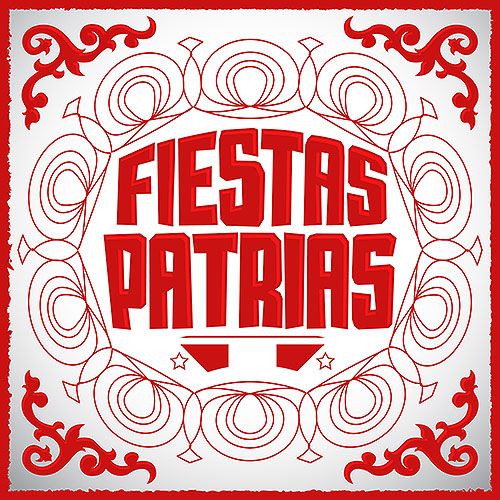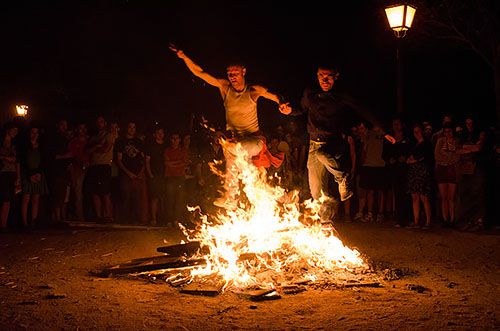5 Benefits of Volunteering Abroad

Have you ever thought about volunteering in a Spanish-speaking country? Donating your time to a good cause not only makes the world a better place, it also makes you, the volunteer, a happier, healthier, and more knowledgeable person. Sound good? Read on to learn what volunteering is all about and why it is important. As always, you can read this post in English or Spanish.
Make a positive impact on the community

At the most basic level, volunteering is usually about helping people, animals, or the planet. There are lots of organizations around the world that work to improve the quality of life of a certain group, but unfortunately they often don’t have the funds necessary to pay employees to do this important work. Volunteers choose to work for free because they believe in the vision an organization is trying to make a reality.
Volunteering is about taking matters into our own hands and doing something positive for the future. Not because somebody is paying us, but because we want to.
Build relationships and make new friends
Traveling abroad takes you out of your comfort zone. You are far away from your friends and family, you’re speaking a different language, eating different foods, learning new cultural norms… it’s an incredible learning experience unlike any other, but isn’t always easy.
Volunteering during your time abroad puts you in close contact with a group of big-hearted people you can connect with. As you work together on a team with local volunteers, you’ll make friends with people in a different language. You will speak better Spanish and learn more about the local culture than you ever would otherwise. You may begin to see the world from a different perspective as you share time with people from other backgrounds.
Improve your physical and mental health

Studies have shown that volunteering can help you combat stress, anger, depression, and anxiety. Who wouldn’t want that?! Instead of feeling isolated and lonely in your new environment, you’ll have a network of fellow volunteers for support.
Volunteering is hard work, but it can also be a lot of fun! And the best part is that the fun isn’t fleeting: as a volunteer, you’ll experience a deep satisfaction knowing that you’re putting your energy into helping move the world in a positive direction.
On the physical side, volunteering keeps you active! It cuts into your couch time and gives you something productive to do. You will be taking full advantage of your time in a different country by challenging yourself and gaining strength in body and mind.
Live in Spanish
Volunteering and learning Spanish are a match made in heaven. Volunteering abroad is the best way to break down any barriers that stand between you and full Spanish fluency.
Using your Spanish in practical, real life situations will change the way your brain processes the language. You will become an effective communicator in Spanish as you hone your listening skills, develop the ability to express yourself clearly and communicate new ideas in real time, and pick up lots of new vocabulary. Speaking in Spanish every day will smooth out the bumps that may be disrupting your flow, allowing you to speak naturally without stopping to think about each word. You’ll know you’re on the right track when you begin to dream in Spanish!
Advance your career

Volunteering is a powerful learning experience that will propel you forward in your academic and professional career. You will be a stronger candidate for any position when you highlight the enhanced skillset you’ve gained during your volunteering program abroad. Using Spanish in a work environment, communicating across cultures, and having international experience are just some of the highly marketable skills you’ll gain as a volunteer overseas.
You never know — your volunteering experience may even ignite a new passion and lead you to consider new career paths.
Feeling inspired? Check out our volunteer programs in Latin America and make volunteering a part of your Spanish learning experience.
With don Quijote, you can play with dogs at an animal shelter by the beach, take care of colorful toucans, help underprivileged children, work with the elderly, or take part in our medical volunteering program. We have volunteer opportunities available in Costa Rica, Ecuador, and Mexico.















